Estimated reading time: 1 minute
Table of contents
- What is the alternative in the growing E.V. market sector?
- The Star Product: Sodium Ion Battery
- Salient Features of Indi Energy
- No additional infrastructure investment is required.
- How will sodium ion batteries shake the grounded trees of the energy storage industry?
- Why is the carbon footprint of Indi Energy’s Na-ion batteries low?
- The Future Course for Indi Energy
Lithium is crucial to electric vehicles (EVsE.V.) and energy storage systems (E.S.S.). With the sudden rise in E.V. manufacturing, the demand for automotive Lithium-ion batteries has increased. The market has risen by about 65% to 550 GWh in 2022, from about 330 GWh in 2021. The limited source of lithium also does not help the cause. With time, looking for alternatives that can be beneficial in the long run and support the E.V. market is imperative.
What is the alternative in the growing E.V. market sector?
One of the alternatives could be sodium-ion batteries. The I.I.T. Roorkee-based startup, Indi Energy, specializes in energy storage and sodium-ion batteries. The U.S.P. of the product stems from indigenously developing low-cost, safe, and high-performance sodium-ion batteries made from agricultural waste like paddy straw, sugarcane bagasse, coconut shells or cattle manure, and earth-abundant materials like sodium.
Nagesh Kumar, director of Indi Energy, said during investor funding of the series A round, “Our Hard Carbon technology made from agriculture/bio waste will not only create an environment free of dust and pollution but also present an opportunity for farmers to generate additional income from selling their agricultural/biowaste.”
Apart from this, the work of Indi Energy is reducing India’s dependence on scarce elements like lithium, cobalt, or nickel, which are essential components of import-dependent and expensive lithium-ion batteries.
The DRDO 3.0 and National Startup Award winner claims that their revolutionary claims on replacing technology can immediately replace lithium-ion batteries for various applications. The commercial applications include everything from battery toys to solar and wind energy installations and batteries for grid storage, e-rickshaws, electric scooters, solar lamps, home inverters, U.P.S. systems, stabilizers, I.C.E. automobiles, U.P.S., etc. The company also focuses on developing components that make up our battery cells.
The Star Product: Sodium Ion Battery
The startup is driven to develop sustainable, high-efficiency products that set new benchmarks in energy storage. The star of the product is the indigenous sodium-ion battery, offering enhanced longevity, stability, and eco-friendly attributes, supporting a circular economy model.
The battery is a reliable, cost-effective energy storage solution that can be used in a variety of settings, from power grids to electric vehicles, which is a sustainable alternative and an attractive choice for consumers and businesses.
One of the investors of Indi Energy startups is BIG Capital, and their chairman, Vu Quang Hoi, has seconded the above thought. He said, “Indi Energy’s sodium-ion battery is cheaper and safer to produce, and it is a giant leap towards making the batteries more environmentally friendly through reduced reliance on rare earth.”
Salient Features of Indi Energy
Energy Density
The battery density is 3-4 times better than presently commercialized lead-acid batteries. Indi Energy’s innovation will increase battery capacity and lifetime and reduce weight and volume.
Lower cost, reliability, safety, import substitute, higher performance
The absolute game changer in energy storage systems has a lower cost and can aid the world in transitioning towards renewable energy and electric mobility.
Eco-friendly & scalable manufacturing
The manufacturing process is environment-friendly, sustainable, facile, low-cost, and industrially scalable. Also, the raw materials used for producing sodium-ion batteries are abundant, sustainable, and environmentally friendly.
No additional infrastructure investment is required.
There is no need for additional investment in manufacturing, and it can be easily manufactured using the existing machinery of the lithium-ion battery plant.
How will sodium ion batteries shake the grounded trees of the energy storage industry?
These factors are helping Indi Energy’s cause to accelerate in the long run. One key factor is the use of widely available and inexpensive materials such as sodium, which will reduce supply chain risks. The battery pack from the startup can be stored at zero volts, enhancing safety during transportation compared to lithium-ion batteries stored at 30% charge.
The other essential factors are 25–30% lower material costs than lithium-ion batteries, contributing to their potential to diversify energy storage options. Research by Indi Energy has reported that sodium-ion batteries exhibit high-power characteristics. However, the density of sodium-ion batteries is still less if compared with lithium-ion cells, but with innovation at Indi Energy labs, it is sure to level up at the energy density of high-power lithium-ion phosphate cells.
Why is the carbon footprint of Indi Energy’s Na-ion batteries low?
Sodium-ion batteries have a shallow carbon footprint of 10-20 kg of carbon dioxide per kWh compared to 100-150 kg of carbon dioxide associated with contemporary batteries. There is a good reason for the low carbon footprint of sodium ions. Let’s know the reasons.
The first reason is the sheer abundance of the raw material. Second, the extraction and processing of raw materials are more convenient than those of lithium, lead, phosphorus, or cobalt. The production itself reduces half of the carbon footprint. The lower environmental impact of sodium ion battery material extraction than lithium and allied materials compensates for the other half. The overall carbon emissions drop significantly with fewer resources required for extraction, including soil, water, and habitats.
One central point for a lower carbon footprint is less energy-intensive than other batteries and recyclability. If sodium ion technology is widely accepted as the norm, then economies of scale will contribute to lower overall environmental impact because of lower production costs.
We have prepared a chart showing the difference between Indi Energy sodium-ion batteries and contemporary storage technology.
| Attributes | Na Ion Batteries | Li- Ion Batteries |
| Reserves | Abundant | Scarce |
| Sourcing | Eco-friendly | Non Eco-friendly |
| Battery Cost | Cheaper than Li-Ion | Most expensive |
| Temperature Stability | Wide temperature Stability | Unstable at high temperatures |
| Performance at low temperatures | Excellent performance | Poor performance |
| Charging Speed | Rapid Charging | slow/rapid charging |
| Discharge Rate | Rapid | Long term discharge |
| lifespan | Longest | shorter |
| Flammability | Non-flammable | Flammable |
| recyclability | recyclable | Difficult recycling |
| safety | safe | unsafe |
| Energy density | Lower | highest |
| Energy efficiency | 90%-95% | 100% |
The Future Course for Indi Energy
Electric vehicles experienced substantial growth in 2023, reaching a record-breaking 1.53 million units sold, a 50% year-over-year increase. India has 3.45 million registered E.V.s, reflecting a growing trend toward conscious consumerism and sustainable transportation.
Hence, the producer of sodium-ion batteries, a thriving electric vehicle market, presents a significant opportunity for Indi Energy’s innovative technology to contribute to India’s sustainable and growing electric mobility landscape worldwide. Sodium ion technology will play a crucial role in enhancing the future performance and affordability of electric vehicles. Thus aligning with the nation’s push towards greener transportation solutions.



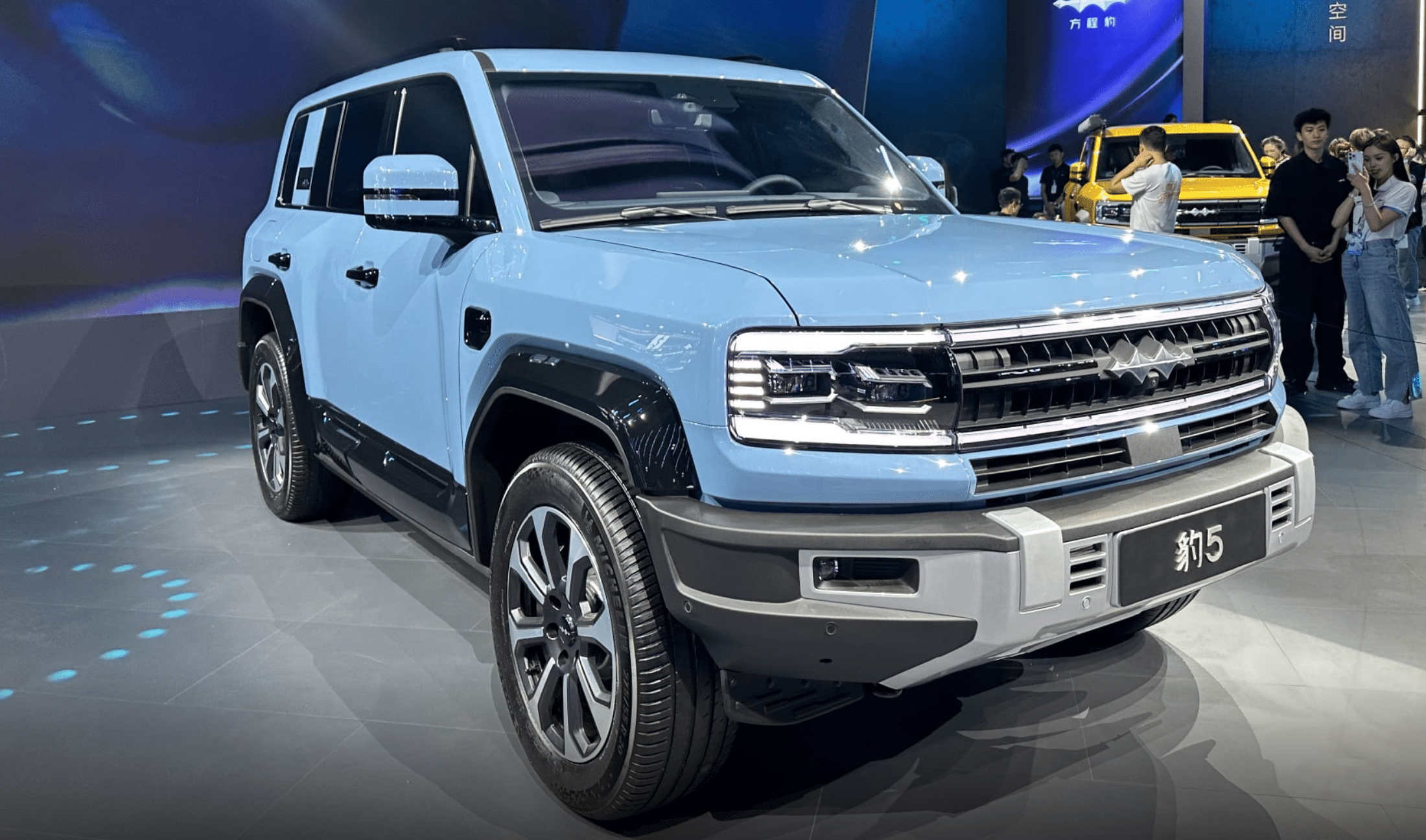
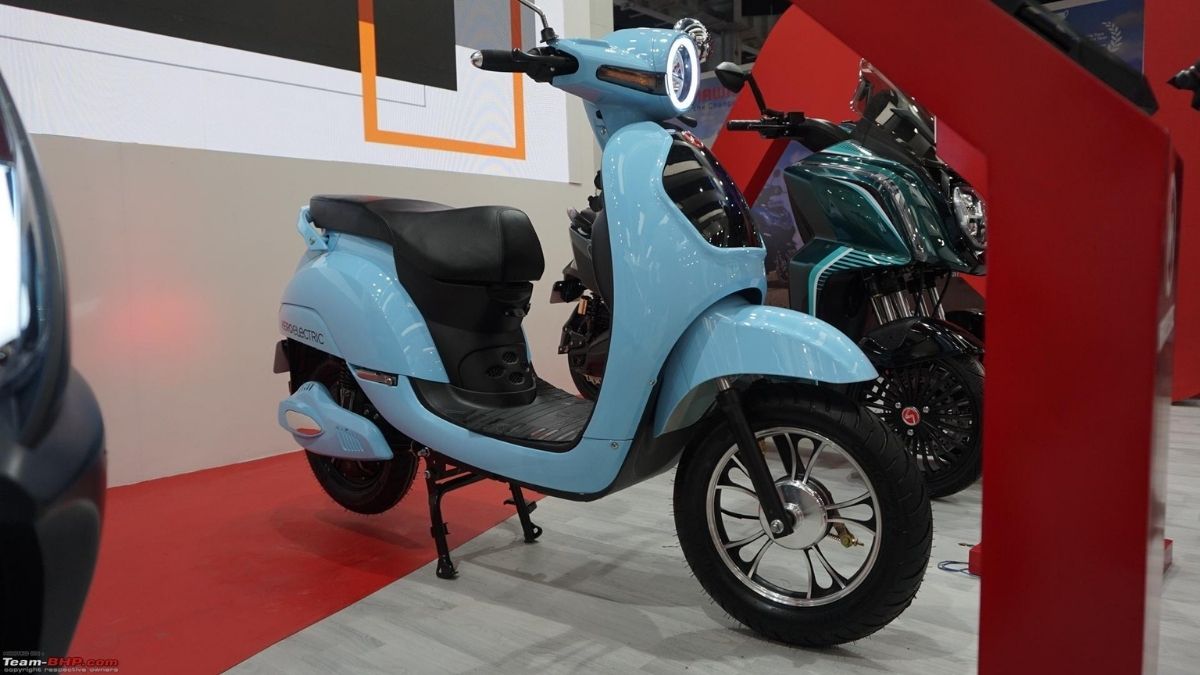
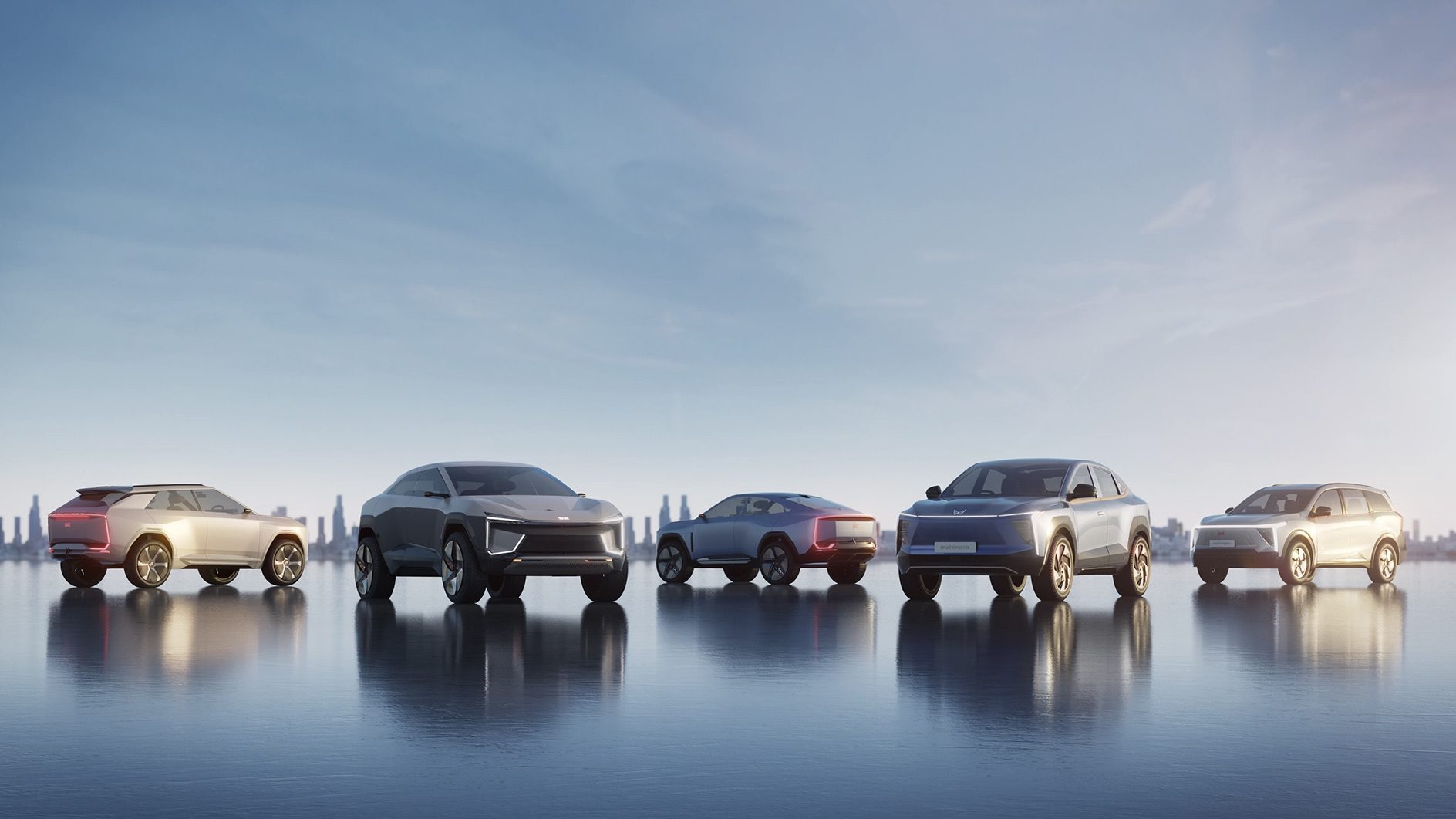
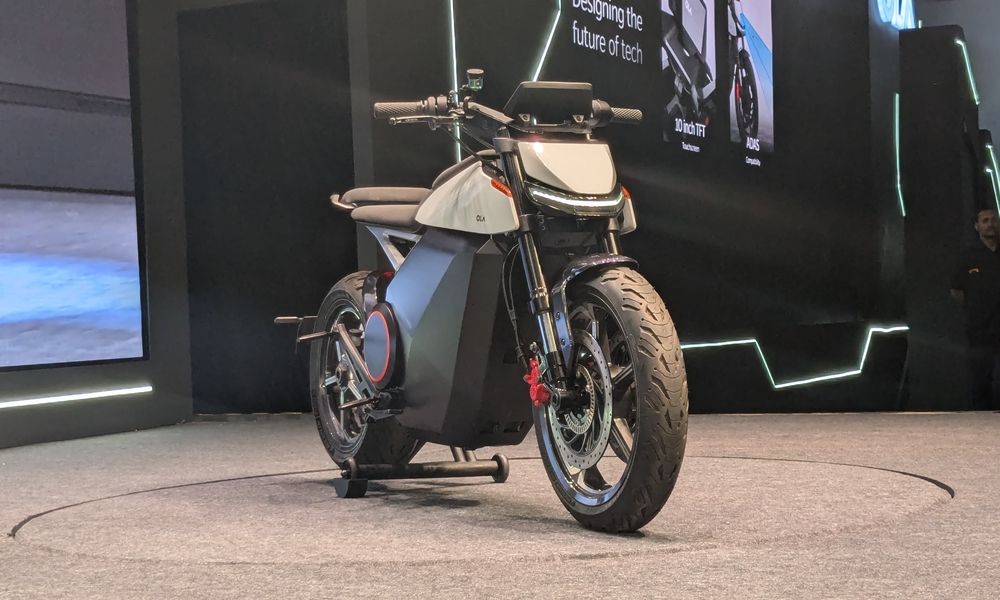
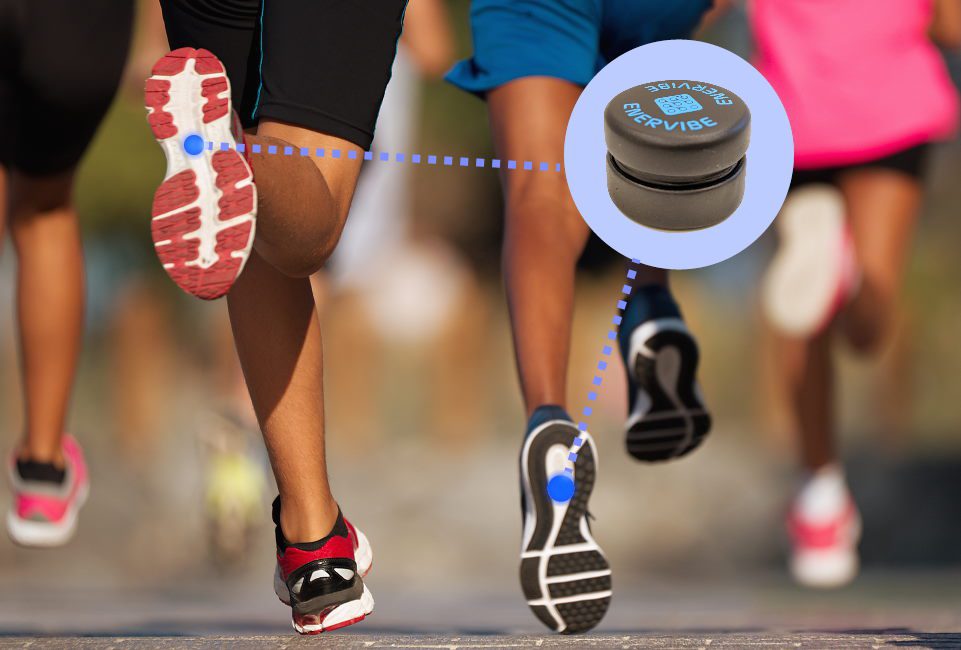
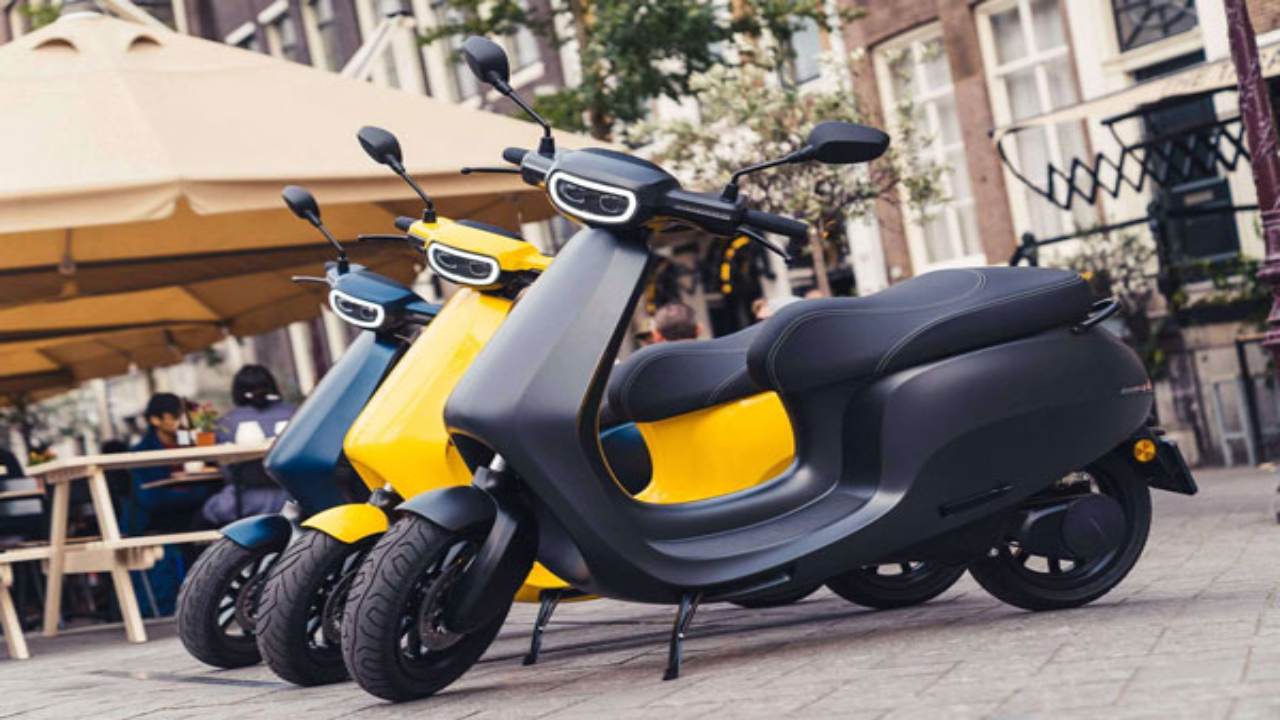

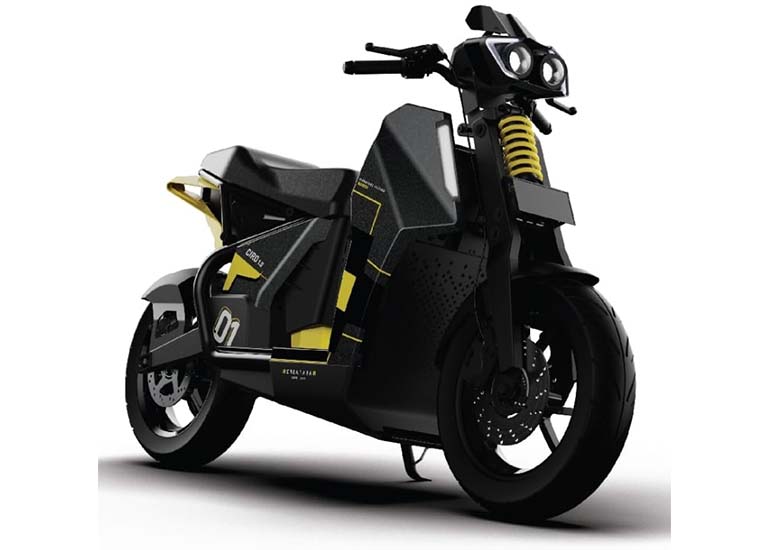
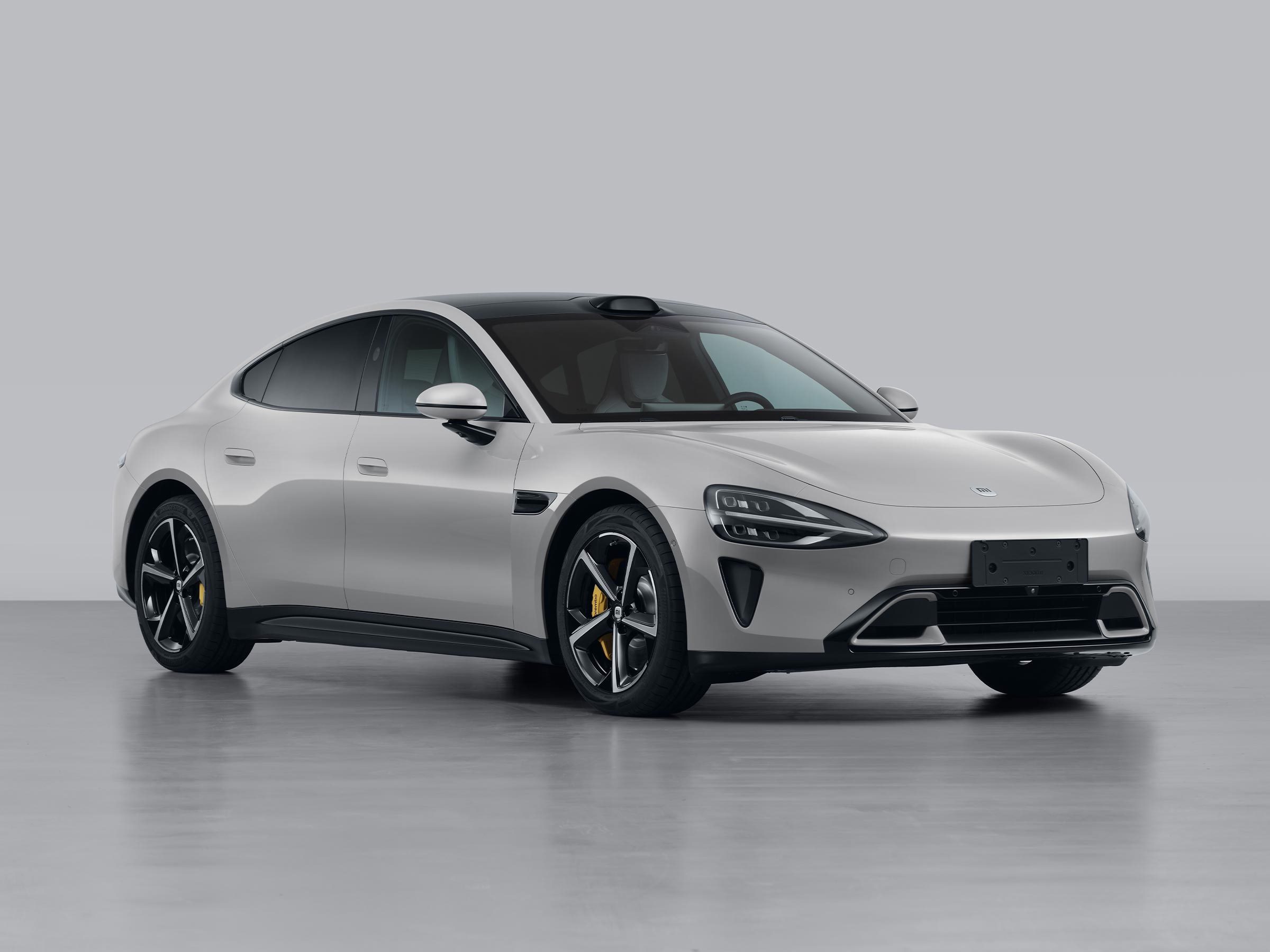

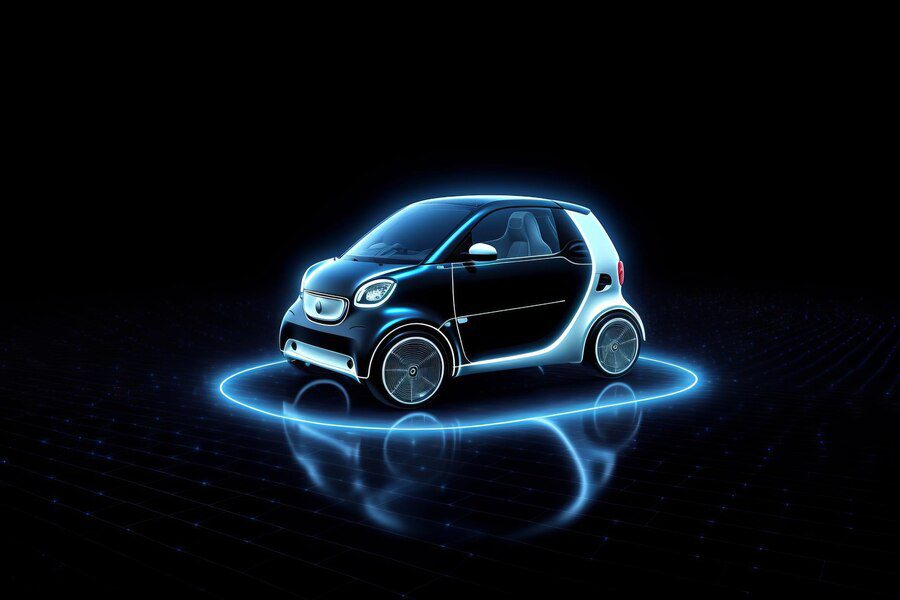
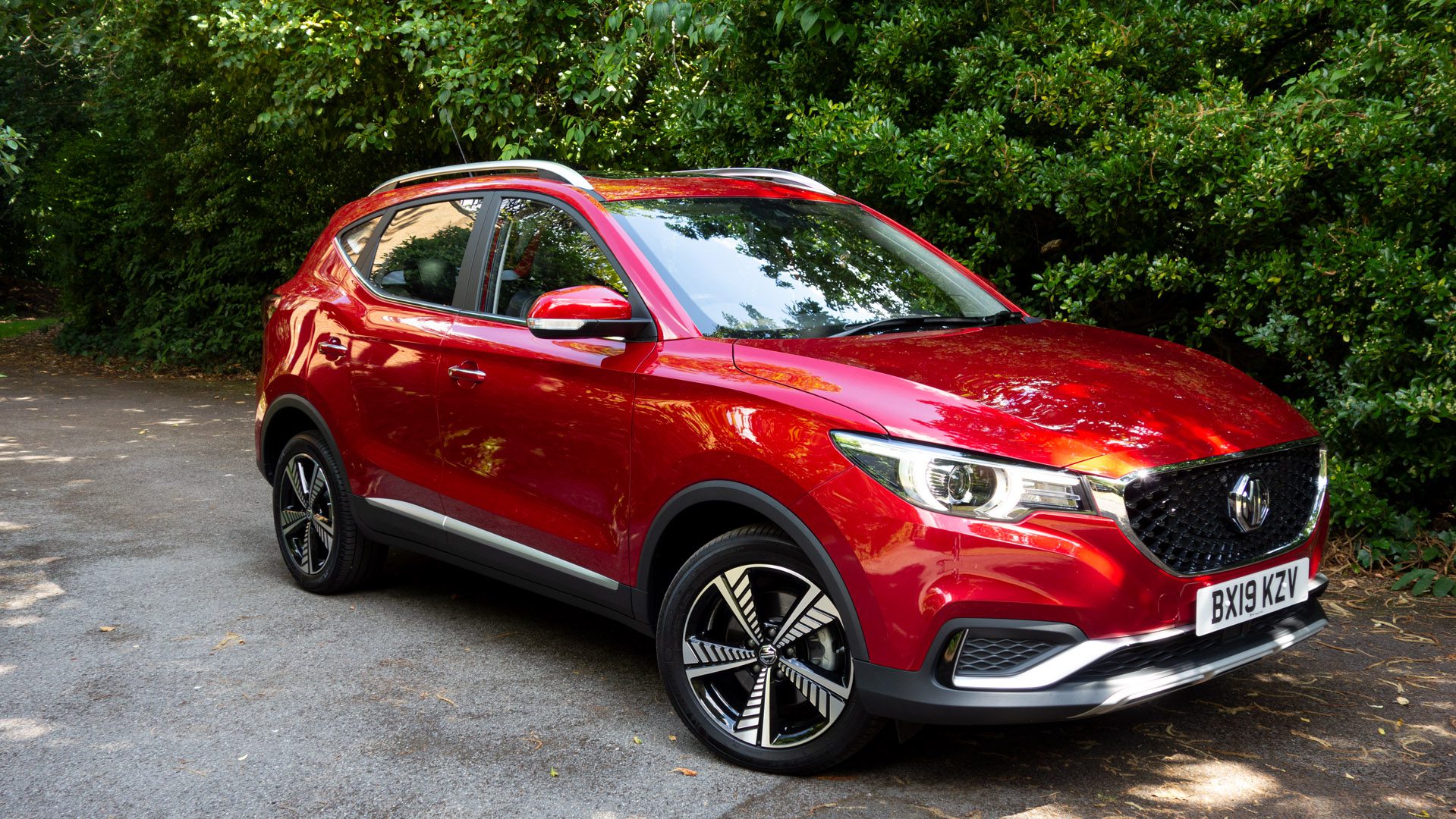
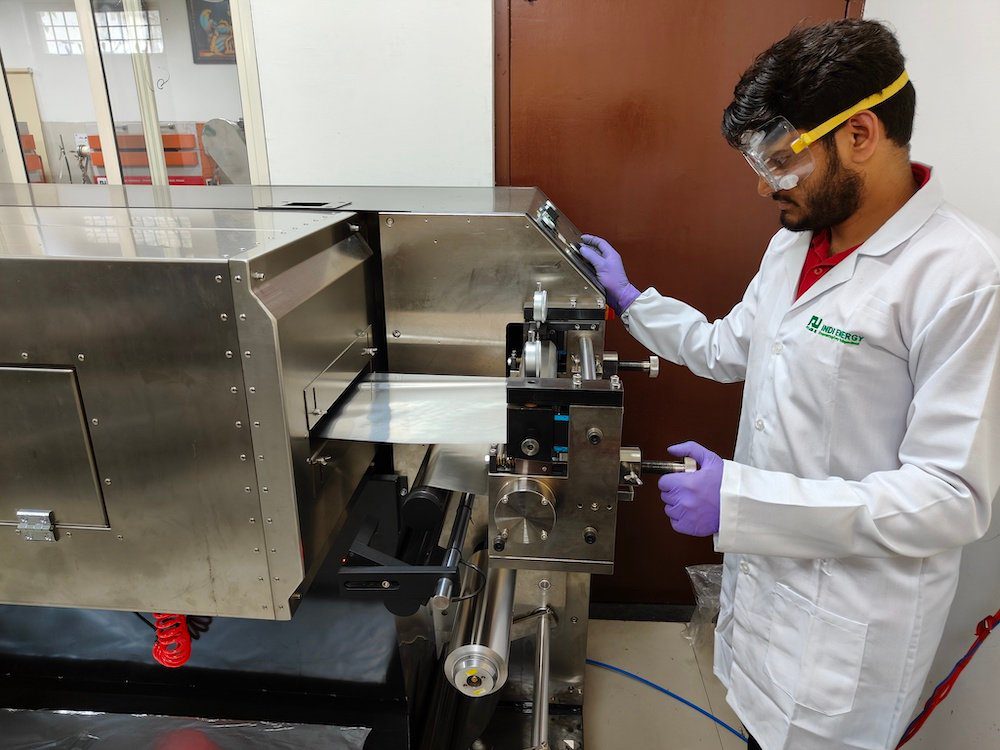

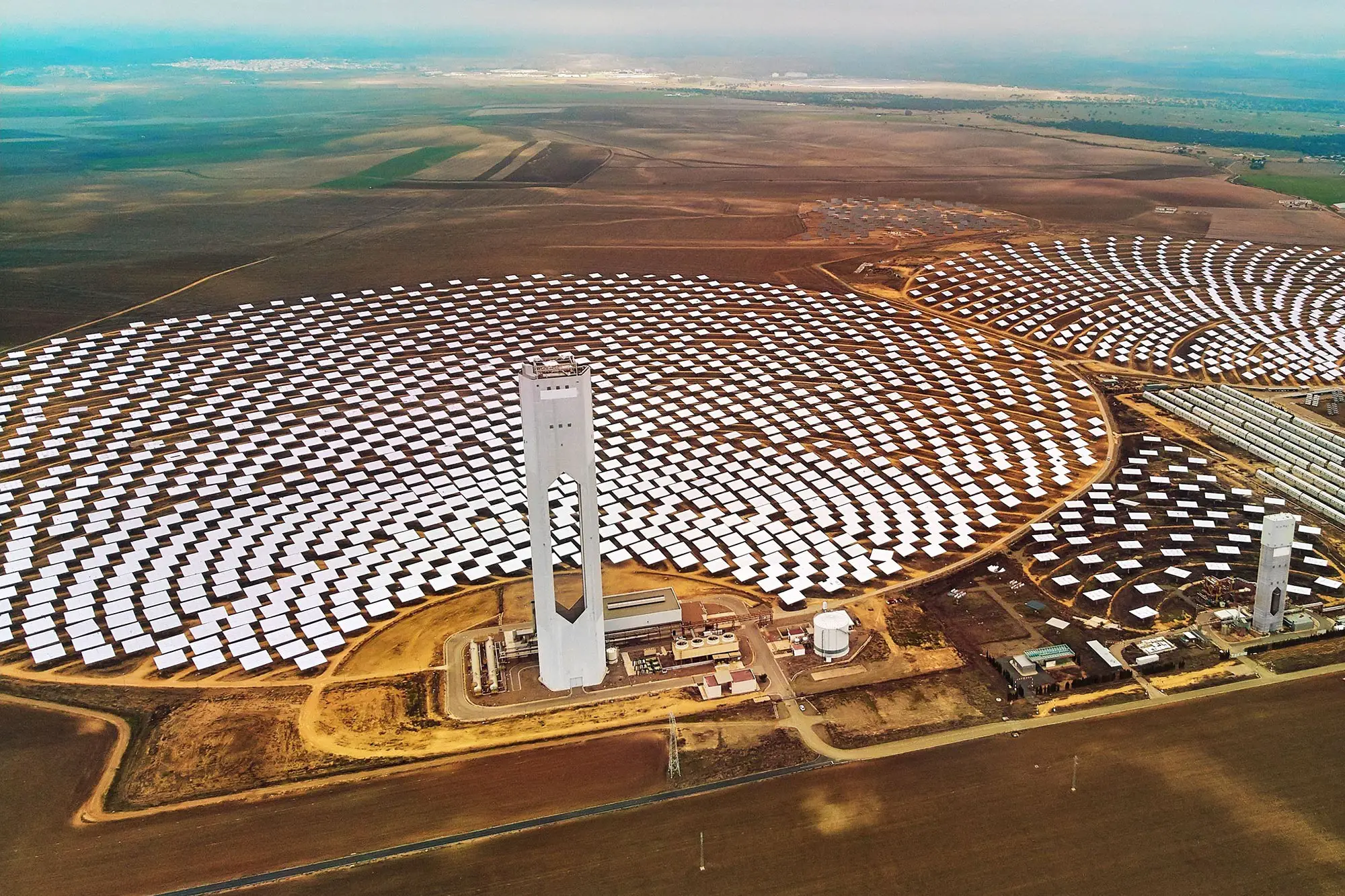
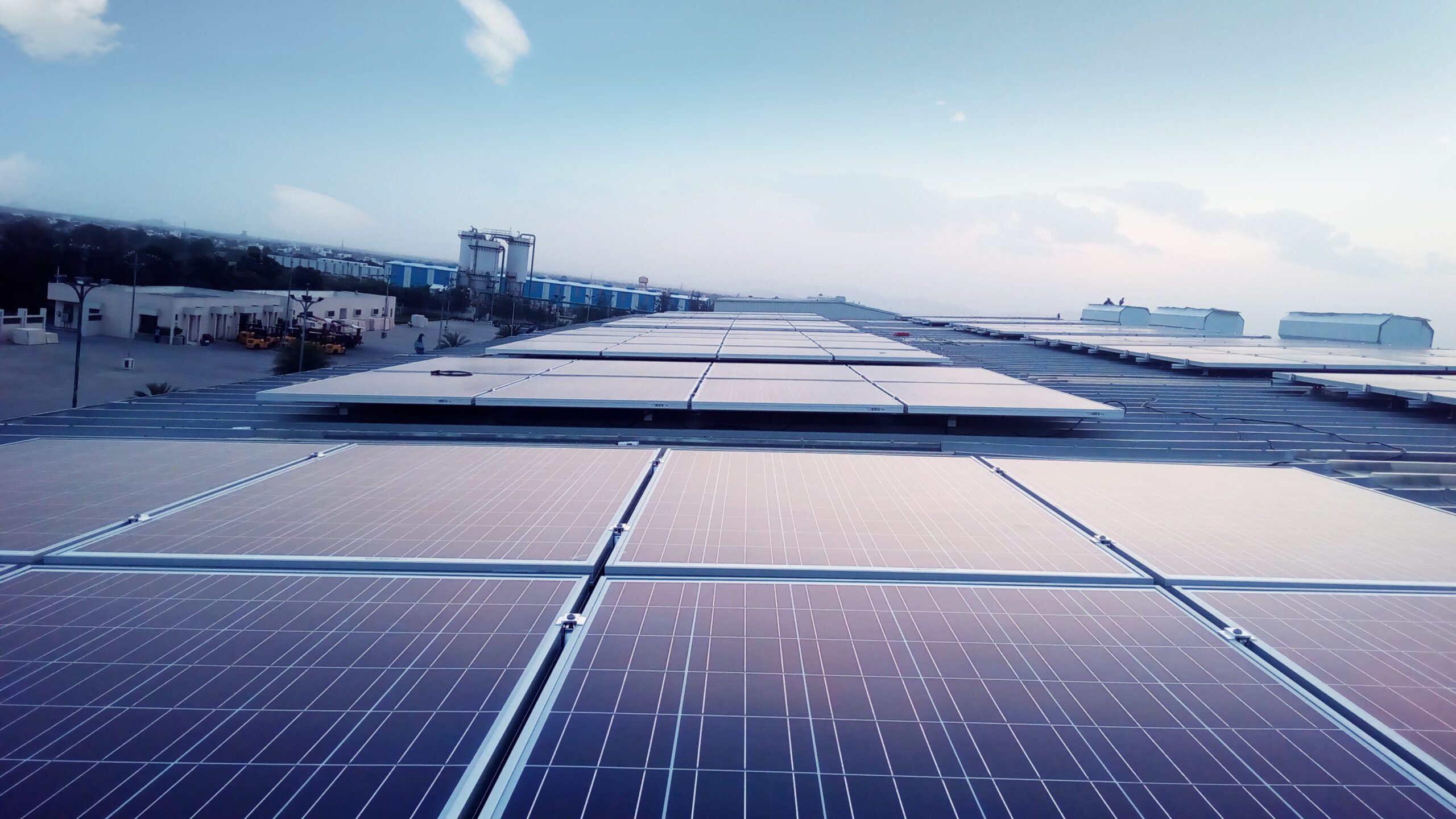

Leave feedback about this